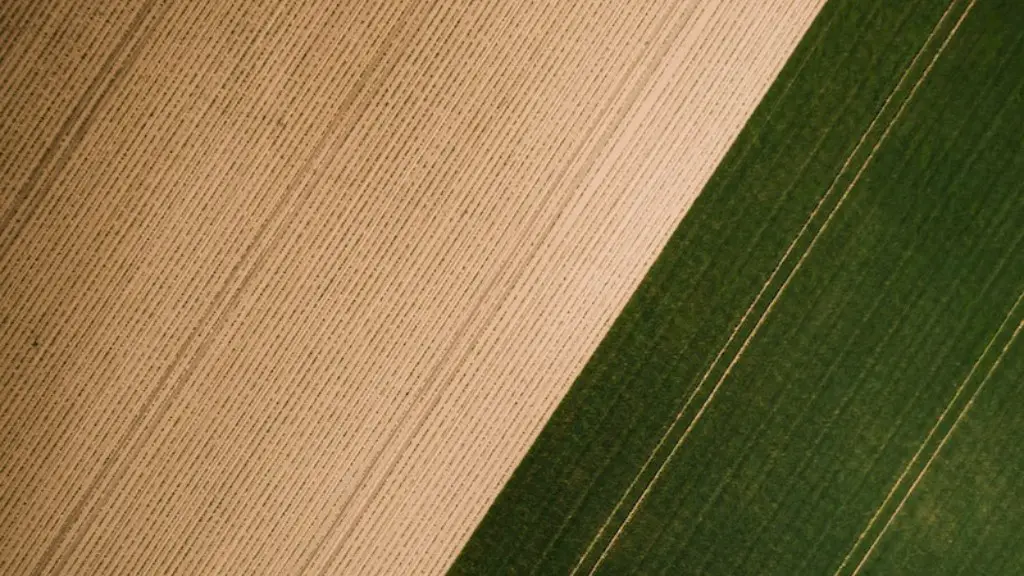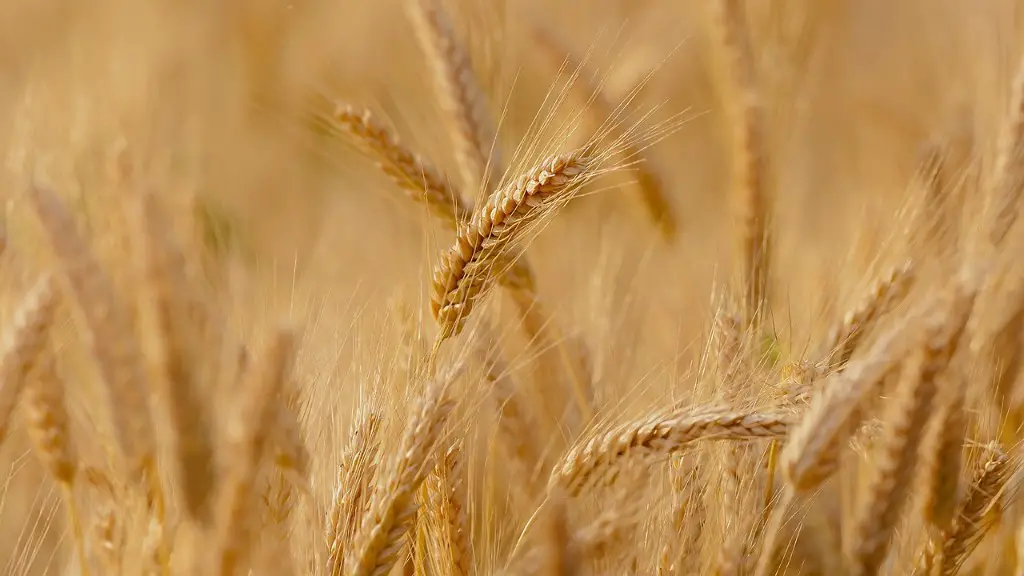Slash and burn agriculture, also known as swidden or shifting cultivation, is an ancient form of subsistence farming that has been used by many cultures around the world since prehistoric times. It involves cutting down the trees and burning them, clearing a patch of land to grow crops and then, when the soil is depleted after a few years, moving on and repeating the process elsewhere. It is considered an environmentally destructive method of farming. Class 7 students can gain a better knowledge of slash and burn agriculture by understanding the basics of its nature, the history of its usage and the ecological implications.
Definition of Slash and Burn Agriculture
Slash and burn agriculture is an agricultural technique that clears and utilizes a piece of land by cutting down and burning vegetation, such as trees and shrubs. This process creates a nutrient-rich layer of ash on the surface of the soil, which can be used to cultivate crops for a few years before the soil becomes depleted and the farmer is forced to move on to the next plot of land. It is a labor-intensive method of subsistence farming and is used primarily in tropical regions.
History of slash and burn agriculture
The practice of slash and burn agriculture has been used by many cultures around the world since ancient times. Early settlers in northern Europe are thought to have used it to clear land to create farms and villages, while Indigenous tribes in South America have used it as a form of subsistence farming since before the arrival of Europeans. It is still used in some parts of the world today, mainly in areas of marginal land that are not suitable for mechanized, intensive farming.
Ecological Implicatoins of Slash and Burn
The ecological implications of slash and burn agriculture are significant. The burning of vegetation releases large amounts of carbon dioxide into the atmosphere and can contribute to global warming and climate change. The significant loss of trees and vegetation can also lead to soil erosion, desertification and other environmental problems. The technique also reduces biodiversity, as species that relied on the vegetation that was cleared are lost. All of these consequences can be very damaging to local ecosystems.
Effectof Slash and Burn Agriculture on Food Production
Slash and burn agriculture is a labor-intensive form of subsistence farming and is used primarily in places where there is a shortage of land suitable for mechanized agriculture. In spite of its destructive nature, it can be an important source of food production for small communities and is often the only option available for subsistence farmers in these regions. This can be beneficial in the short term, but can also lead to soil depletion and other ecological damage in the long run.
Efforts for Sustainable Slash and Burn Agriculture
In recent years, efforts have been made to make slash and burn agriculture more sustainable by reducing the amount of land that is cleared and the amount of time that each plot is used. This includes encouraging farmers to rotate crops, use cover crops and employ other soil conservation measures. In some areas, buffer zones have been established where farmers are prevented from clearing vegetation. These measures can help to protect the environment while also providing subsistence farmers with the means to feed their families.
Alternatives to Slash and Burn Agriculture
There are various alternatives to slash and burn agriculture that can be used to sustainably produce food in a way that does not cause damage to the environment. These include agroforestry, the use of natural fertilizers, conservation agriculture and permaculture. Each of these methods has its own advantages and disadvantages and can be used to achieve a more sustainable form of agriculture.
Ecological Impact of Slash and Burn Agriculture
The widespread use of slash and burn agriculture has had a significant impact on the environment. The burning of vegetation releases large amounts of carbon dioxide into the atmosphere, which contributes to global warming and climate change. It also results in significant loss of habitat and biodiversity, with many species relying on the vegetation being lost as a result. In addition, the process of soil erosion and desertification can be accelerated. The degradation of land caused by slash and burn agriculture can also have economic and social implications, such as reduced employment opportunities, decreased agricultural yields and increased poverty.
Soil Nutrient Loss in Slash and Burn Agriculture
Soil nutrient loss is one of the most significant impacts of slash and burn agriculture. The burning of vegetation releases large amounts of ash, which can contain a range of vital minerals and nutrients. This ash is very effective in providing nutrients for a short period of time, but over time the soil becomes depleted of these essential elements and the land becomes unable to support agriculture. This can lead to further degradation of the land and loss of soil fertility.
Benefits of Slash and Burn Agriculture
Although slash and burn agriculture has many ecological drawbacks, there are also some benefits that should be taken into account. The process of clearing land creates a nutrient-rich layer of ash on the surface of the soil which can be used to grow crops. In addition, in areas where there is not enough land available for mechanised agricultural methods, this technique can be a vital source of food production for small communities and subsistence farmers. These benefits should not be ignored in considering the use of this method.
Strategies for Reducing Damage from Slash and Burn Agriculture
The environmental impacts of slash and burn agriculture can be reduced by implementing various strategies aimed at limiting the amount of land cleared and reducing the length of time that each plot is used. This includes encouraging farmers to alternate between crops, use cover crops, practice soil conservation and maintain buffer zones. In addition, providing alternative sources of income for farmers can help to reduce their reliance on this form of subsistence farming and encourage more sustainable agricultural practices.


